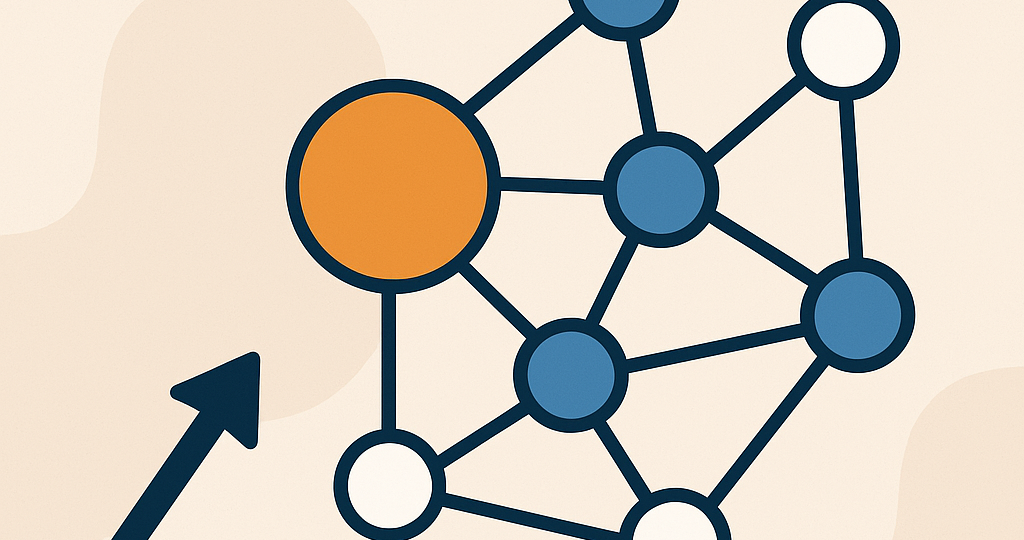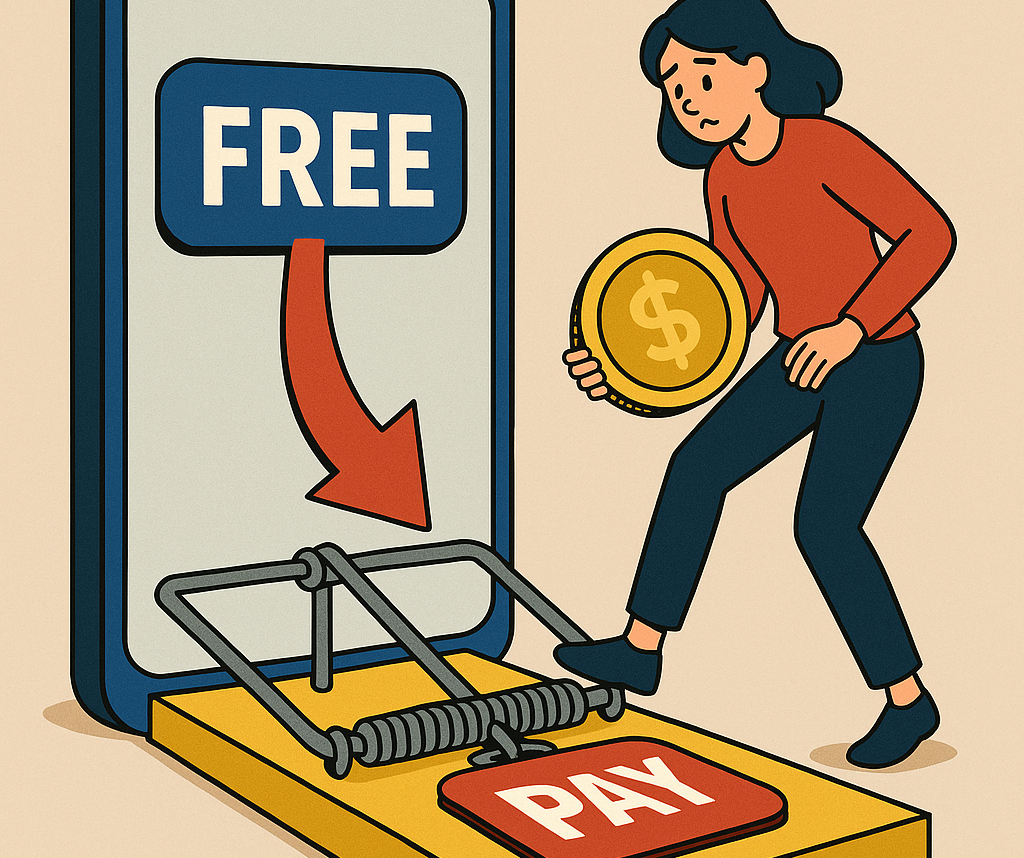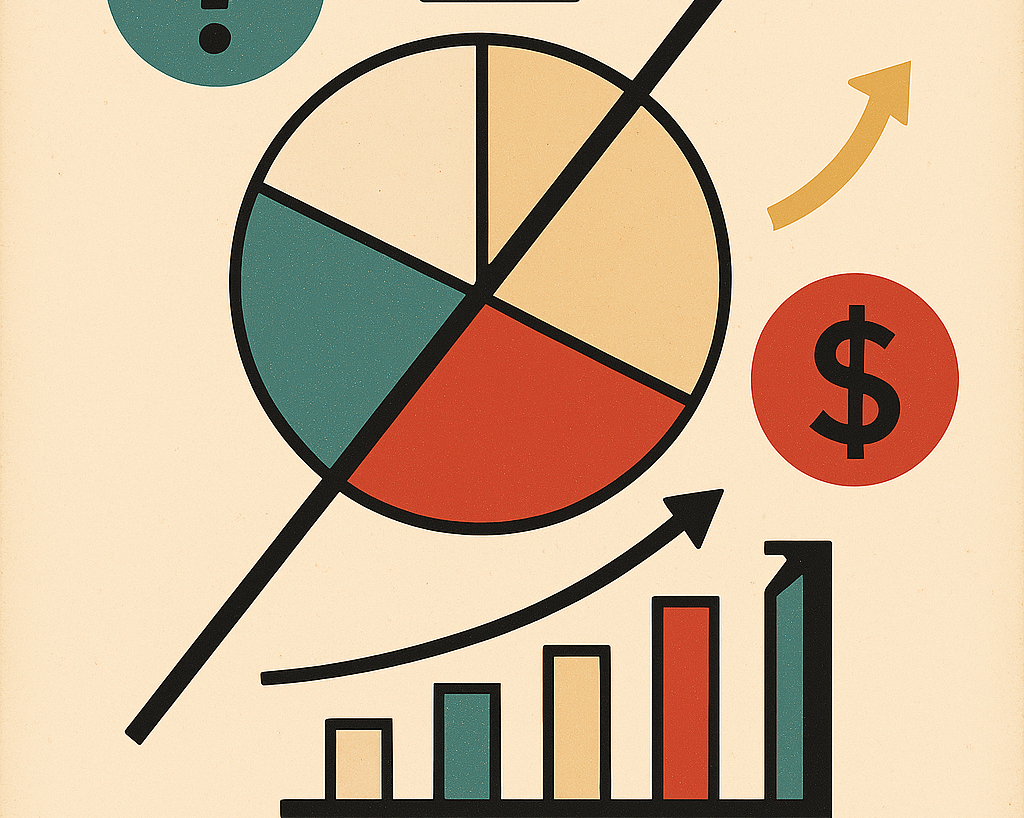
Have you ever joined a social media platform just because your friends were on it? Or felt left out because everyone in your office was using a certain messaging app? That’s not just peer pressure — it’s an example of network externalities. This concept describes how a product or service becomes more valuable to you as more people use it. It’s one of the reasons technologies like smartphones, ride-sharing apps, or even payment platforms (like Venmo or PayPal) take off so fast once they hit a critical mass.
The concept was formally introduced in the 1980s by economist Michael L. Katz and law professor Carl Shapiro, who studied how networks influence product adoption and market dominance. In their influential 1985 paper, they explained how network externalities could lead to “market tipping” — where one company or technology dominates simply because everyone else is already using it. Think Microsoft Word, Zoom, or even the QWERTY keyboard. Once enough people adopt a product, the benefits of using that product grow exponentially — because compatibility, communication, and ease-of-use improve with numbers.
There are two types of network externalities. Direct ones happen when you directly benefit from others using the same product — like a telephone or fax machine, which is useless if you’re the only one with it. Indirect ones come from complementary goods or services — like app developers making more apps for a phone that already has a large user base. In both cases, growth feeds growth.
Understanding network externalities can help explain why early adoption matters and why some technologies — even if they’re not the best — become the most widely used. It also shows why breaking into a market dominated by a network-heavy product can be so tough. In today’s hyper-connected world, sometimes the product isn’t just about what it does — it’s about who else is already using it.
RELATED POSTS
View all


